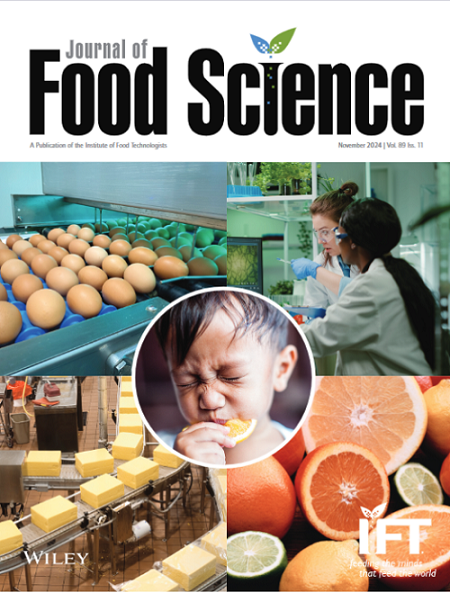Effect of Ultrasound on Extraction Efficiency and Functional Properties of Acacia Seeds Protein Concentrates
Abstract
Acacia is an Australian-Aboriginal underutilized legume that contains high protein content (18%–35%). However, the commercial use of the seed's protein is limited due to minimum protein yield and low techno-functional properties. This research investigated the effect of ultrasound on protein yield and functionality of concentrated proteins from the seeds of two Acacia species (Acacia microbotrya and Acacia cyclops) and compared them to soybeans. Proteins were extracted from Acacia species and soybeans employing both ultrasound-assisted extraction and extraction without ultrasound, followed by isoelectric precipitation. The protein yield, functional characteristics, and protein structure were evaluated and compared. The protein yield in ultrasound-treated samples increased by 10.92%, 6.3%, and 7.84% in all protein concentrates (A. cyclops, A. microbotrya, and soybean), with the highest yield conditions being 80 W, 20 kHz, and 20 min. The emulsifying activity index in ultrasound-treated soybean protein concentrate was 2.85 m2/g, which was lower than ultrasound-treated A. cyclops but higher than ultrasound-treated A. microbotrya. The foaming capacity of ultrasound-treated Acacia samples and soybean protein concentrate increased by a factor of 9–21 compared to their untreated samples. Likewise, foaming stability, protein digestibility, and water- and oil-holding capacities of ultrasound-treated Acacia seed proteins were significantly higher (p < 0.05) than untreated proteins. This work demonstrated that ultrasound is an effective technique that improves protein yield and techno-functionality of Acacia seeds, which may favor the revalorization of this legume.





 求助内容:
求助内容: 应助结果提醒方式:
应助结果提醒方式:


